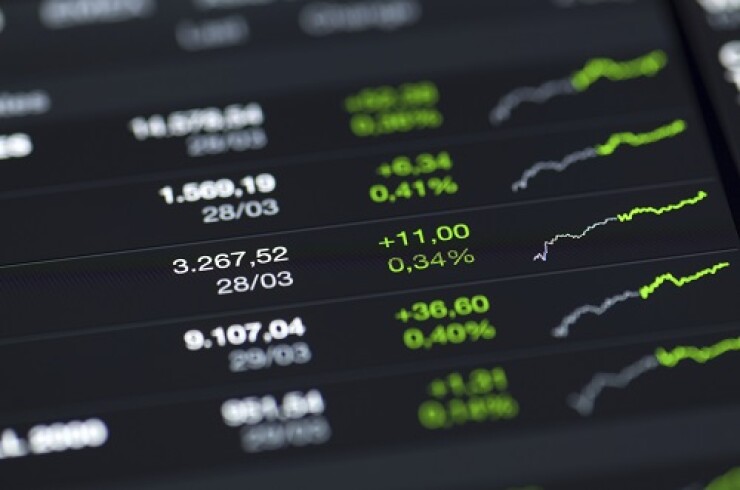They're a relatively new concept, but interest in single-stock exchange-traded funds has picked up over the past two years or so.
However, experts warn that these vehicles carry inherent risks for investors.
After
Unlike typical ETFs, they concentrate on just one security. Among the first companies featured by AXS were
There are now dozens of
READ MORE:
Even when they were first approved by regulators, SEC Chair Gary Gensler and
Single-stock ETFs are designed for traders who wish to speculate on the outcome of a single company's short-term price movements, said David Nash, financial planner and founder of
"They are a particularly risky investment, as fees, taxes and borrowing costs all add additional drags on performance," he said. "Individual stocks are already riskier than many individual investors realize, with the potential to wipe out years of gains with a single bad press release or company scandal. A single-stock ETF would only magnify that risk for investors hoping to get lucky, rather than benefit from the long-term growth of a diversified portfolio."
READ MORE:
Jason Gilbert, founder and managing partner of
"These ETFs can amplify risks through leverage or by concentrating exposure to a single company, which contradicts the principles of diversification and low-turnover investing," he said. "Additionally, the frequent trading and rebalancing required to maintain leverage or manage the ETF's exposure can lead to unintended tax consequences, including capital gains distributions. For most investors, buying the stock directly with a long-term outlook is a more tax-efficient and prudent approach. While these ETFs might appeal to those seeking quick returns or market timing, they generally don't align with disciplined investment strategies."
READ MORE:
On the flip side, a single-stock ETF makes it easier for investors to achieve an inverse position or leverage, said Eric Papa, senior associate advisor at
"The investor could take the same position without the ETF, but they would have to purchase the underlying derivatives," he said. "Buying a bear shares ETF caps the investor's loss compared to the unlimited risk that shorting a stock entails. On the other hand, they could just purchase a put option contract themselves. These ETFs aren't inherently good or bad. It lets less savvy investors take more nuanced positions."
The name single-stock ETFs can be a bit misleading, and they are usually not part of an average investor's holdings, said Melissa A. Caro, founder of the platform
"Investors need to be hyper-aware that they are not just buying a stock or an ETF the way they are used to," she said. "These ETFs often offer leverage or inverse exposure. Because the leverage effect resets daily, they are not ideal for long-term investments and can be quite risky."
Single-stock ETFs also can provide
Arielle Tucker is the founder of
"These instruments can be a double-edged sword," she said. "They may be useful for experienced traders with a deep understanding of the underlying mechanics, but they are generally unsuitable for the average investor."
For the average investor, Tucker said she considers single-stock ETFs to be a risky proposition.
"The leveraged nature means that losses can be magnified just as much as gains," she said. "Additionally, these ETFs often have higher fees and can suffer from decay over time due to daily rebalancing. Therefore, unless an investor has a specific short-term strategy and fully comprehends the risks, it's usually better to steer clear."






